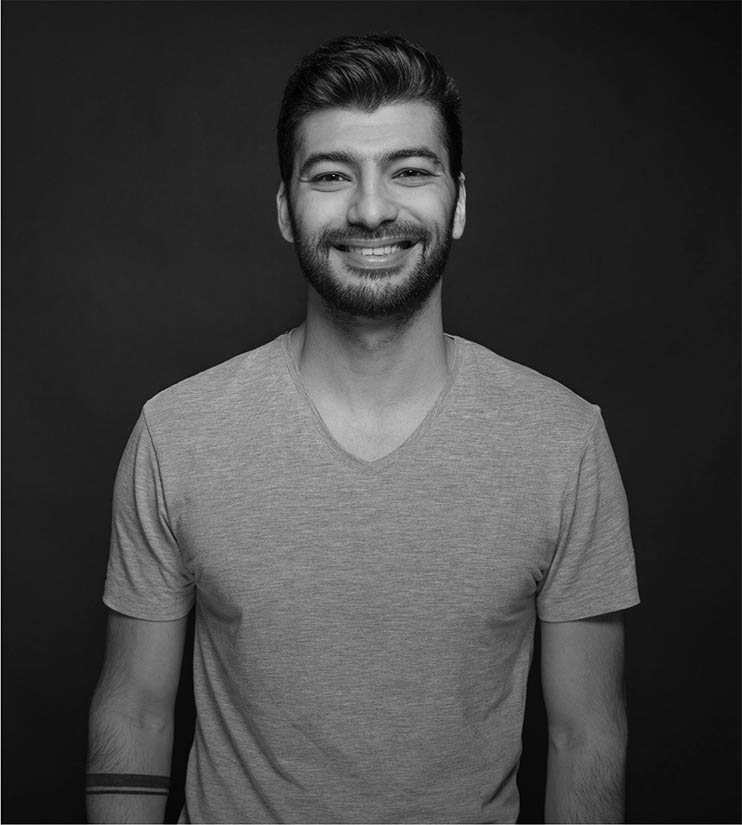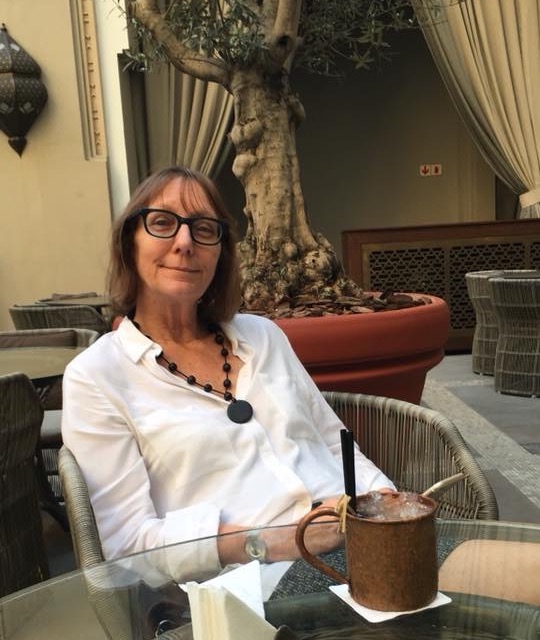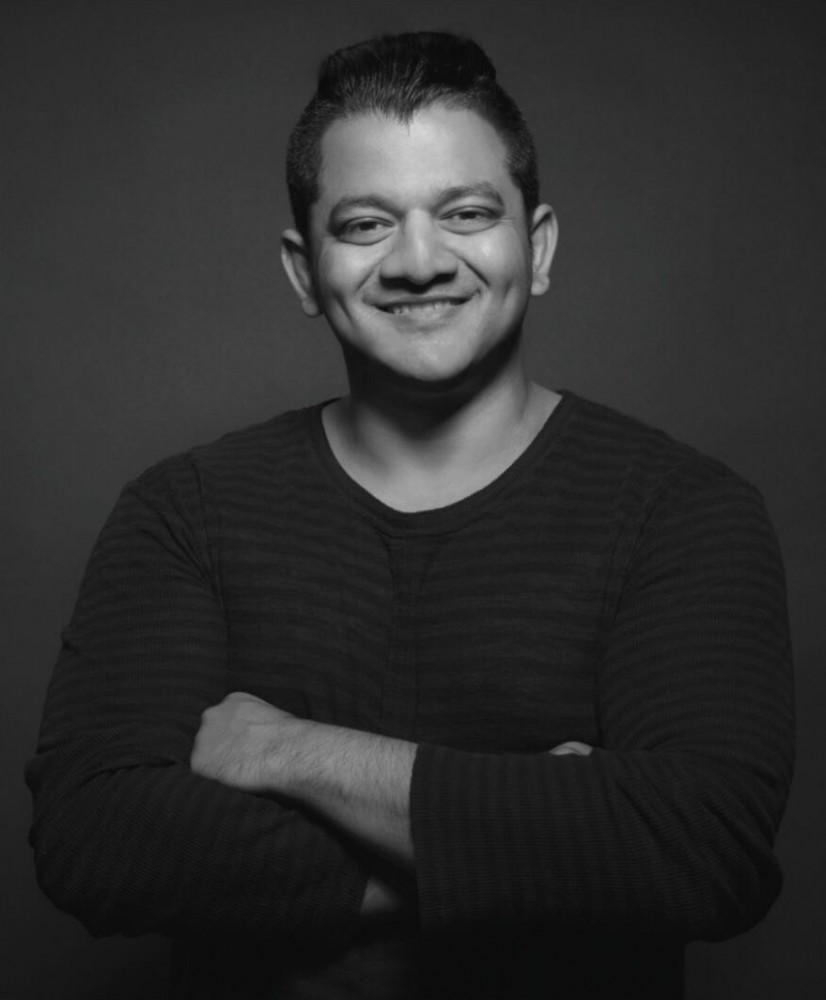News - Advertising
Everybody Wants to Be a Storyteller
by Iain Akerman
June 10, 2018

“Stories can take many shapes, ways, forms and styles but at the root of them all they connect people,” says Ali Cheikhali, planning manager at TBWA\Raad. “And telling them is what makes us human. Now imagine you’re an industry that was built on the power of persuasion and connecting with audiences. Storytelling turns into more than a tool; it turns into an operating system. And that’s why all agencies are talking about it. Now, how successful they are in achieving that, that’s a whole different story.”
For all the talk, storytelling in the region just isn’t happening. There are exceptions, of course, but the reality is that only limited examples of good storytelling exist, even if the intentions of both agencies and clients, for the most part, are good. Why this is the case is open to debate, but paucity of time and budgets is a major contributor. So too are poor execution and a lack of authenticity.

“Placing authenticity at the centre of the work will place the region’s storytelling on par with global standards.”--Ali Cheikhali, planning manager at TBWA\Raad
“Authenticity, which is a key driver for successful storytelling, is being compromised for many reasons: the regulations of our region, the conservative culture, and the type of talent that’s recruited using the same set of industry conventions of the 90s,” says Cheikhali. “Placing authenticity at the centre of the work will place the region’s storytelling on par with global standards.”
For Jackie Hughes, chief strategy officer at Impact BBDO, storytelling should be about “creating empathy then supporting it with a relevant narrative of how people tell stories to each other within their culture”. As such, it has a hugely important role to play in the future of advertising.
“As we use more online, nano second moments of connection, using empathy and cultural narrative structures makes communicating faster and easier to understand,” says Hughes. “Think of the power of the two things synchronising. Think of the power of two people who can read each other’s minds, finish each other’s sentences. They just get each other.”
Storytelling is a buzzword that the region’s advertising industry has been championing for some time but has never quite got to grips with. Its attempts have been ham-fisted, contrived affairs, tending to speak to a creative’s perception of the world rather than its reality.
One of the main problems, of course, is that most brands simply don’t have a story to tell. What’s more, great stories – the ones that we watch on Netflix or read in books – involve love, loss, greed and religion. They also involve great characterisation. Advertising gets nowhere near the time and money needed to go into such detail.

“Storytelling should be about creating empathy then supporting it with a relevant narrative of how people tell stories to each other within their culture.”--Jackie Hughes, chief strategy officer at Impact BBDO
“While storytelling is alive (in pockets around our region), it’s nowhere near where it should be compared to other markets around the world,” admits Tahaab Rais, regional head of strategy at FP7/MENA. “And that’s unfortunate, because the silver lining is that we have talent in our region. What more of us need more of is a little more time to find that which makes stories great: the hook, build and pay-off in our ideas and our experiences. And on most occasions, we all need a little more money.”
There are examples of success. Cheikhali cites ‘The Boy Nobody Could See’ by Impact BBDO, which told the tale of a shy teenage boy, his attraction to a fellow pupil, and his pursuit of her through a series of mix-tapes stuck to her high school locker. “It’s two minutes and 47 seconds of pure storytelling,” he says. “Simple, meaningful, and relatable. And it definitely brings the brand closer to people. It is this type of storytelling that we miss very much in our region and we hope to see more of in the future.”
For Rais, last year’s Ramadan campaign for EG Bank, which starred a lead protagonist who consistently fails to get what he wants, stands out. Created by FP7/CAI, it centred on an ignored son whom everyone in Egypt could relate to. “He wants something really badly (a girl, a sugarcane juice) but doesn’t get what he wants because of his arch-nemesis – his over-bearing dad,” says Rais. “It was hilarious because young people, whom it targeted, identified with his struggles. And its transmedia experience across the buying journey made people become a part of his story.”

“While storytelling is alive (in pockets around our region), it’s nowhere near where it should be compared to other markets around the world.”--Tahaab Rais, regional head of strategy at FP7/MENA
So why aren’t more stories being told? Why aren’t emotionally engaging narratives that fit with a brand more prevalent?
“We’ve been telling stories. Sporadically. One-off pieces of communication. At best, a successful campaign,” says Cheikhali. “What we’re still missing is consistent long-term storytelling for brands. That’s where the narrative comes in – the bigger story of the brand, its reason for existence and its role in culture. Then we can start plugging in the smaller pieces of communication. Dove’s narrative of improving women’s self-esteem is brought to life through the various stories they tell from communication to products, and everything in between. The future lies in aligning the stories with the narrative.”
Rais believes agencies need to learn from the film industry, which has the dual goal of telling great stories and achieving commercial success.
“What agencies need to do more of is push their discipline leaders and their teams to focus on the craft and to follow the structures of great stories when crafting our work,” says Rais. “We can’t dictate a creative team’s style or execution. We never should, because it makes them unique. But we need to make sure almost every piece of work, regardless of what channel or combination of channels we deploy, follows the structure of how great stories work: somebody wants something (intent), has a hard time getting it (obstacles) and eventually, gets it (gratification).
“It’s precisely how human beings take on life. And so, when stories follow such a structure (be it through a film, through an on-ground activation, through a social media-led branded content series, through an immersive tech experience), those stories resonate more than others and make people feel something for the brands and product we market.
“It isn’t enough to tell stories about our brands. We have to tell the brand’s archetypal stories that feel true to the brand and build the brand (and that people remember). Every great story is born from intentions and obstacles. Somebody wants something really badly, but has a hard time getting it. This ebb and flow of someone almost getting what they want and unable to get it keeps people engaged. We need to build the ‘drive shaft’ that will set one’s idea in motion.”
Technology now enables this storytelling to be more immersive and interactive than ever before.
“Storytellers have always dreamed of completely immersing their audience in their stories,” says Cheikhali. “Technology is bringing this ideal closer to reality each day. 360-degree video and volumetric film, VR, AR and every other ‘R’ of today will only help make stories more immersive by offering a full sensory experience. Just imagine what we could do for brands when technology enables smell for example – the emotions and memories that it could evoke. And while some of these technologies are presently more ubiquitous and abound than others, utilising the right one for the right story at the right time could prove to be a game changer.”














